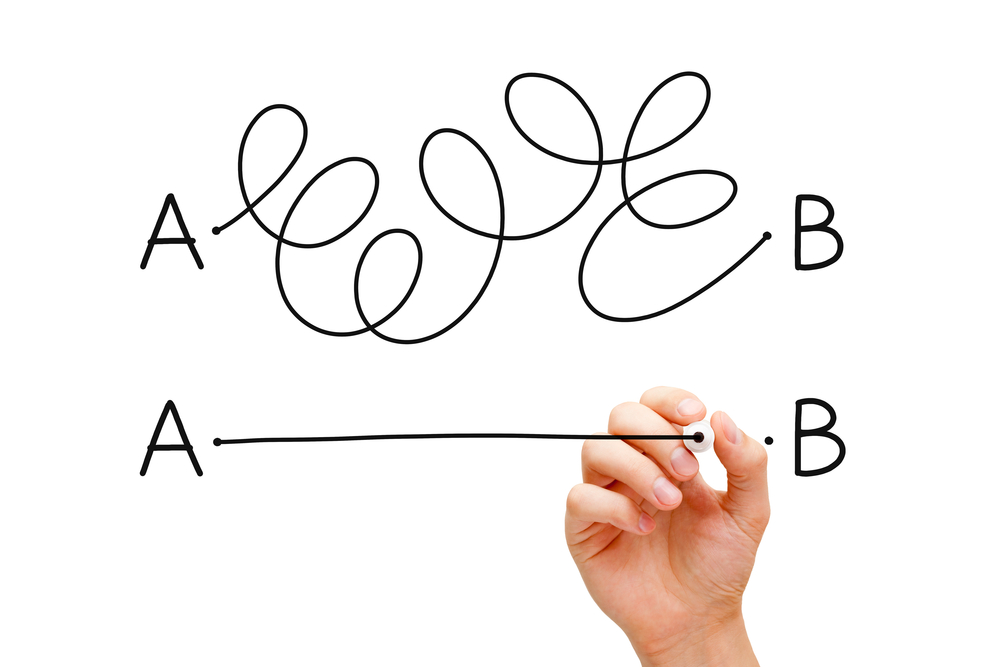Presumptive Mediation Update
~This post is dedicated to Chuck Newman, a good friend who was passionate about mediation and worked tirelessly to move it forward in many different areas. He will be sorely missed.~

{4 minutes to read} I have written before about Presumptive Mediation, which generally refers to courts where almost all civil cases presumptively go to mediation early in the litigation process.
Many state and federal courts have such programs and they are generally very successful. The New York State courts have been slow to embrace this though in May 2019 the State’s Chief Judge, Janet DiFiore, issued a press release stating the New York State courts would move to a presumptive mediation model.
Ten months later, Covid closed down the court system. But in New York at least, Covid turned out to be a boost to mediation. It was not obvious at first that this would be the case. However, as the courts remained closed, it soon became apparent that mediation would be one of the most, in fact perhaps the most, efficient way to move cases along.
Two years later, momentum is picking up. Even pre-Covid, there were ADR Coordinators in many of the New York State’s Judicial Districts (New York has 12). However, recently, new coordinators have been appointed in different courts and I have found these coordinators extremely knowledgeable about mediation, court procedures, and individual judge’s attitudes toward mediation.
Since court-annexed mediation programs are in most instances somewhat new in New York, there can still be hesitation from some judges in sending cases to mediation early on in the litigation process. The most common judicial objection, shared even by some attorneys, is the belief that cases should not go out to mediation until all discovery is completed. However, sending cases to mediation, even before discovery has started, is often the most efficient and effective approach to resolving the great majority of cases and clearing up court backlogs. Discovery typically gets addressed and accomplished quickly and the parties then move directly into settlement talks. There are also an increasing number of new continuing legal education courses addressing mediation, a clear indication that attorneys are beginning to accept the new landscape.
As the court mediation programs expand, new administrators of those programs inevitably build and improve upon what came before. Most of the programs have rules addressing the details of the mediation process and have links to mediators, with a description of their specialty areas and fees. Mediation agreement forms that can be used by the parties, counsel, and the mediator are also available. Staten Island/Richmond is the most recent New York City county with a presumptive program and the new administrator, Irini Bekhit, has put together a website with all sorts of useful information. Here’s a link to the Staten Island Mediation Program. It provides a good example of what the courts are doing in using mediation to resolve existing cases.
It is an exciting time for dispute resolution, and hopefully, some of what is going on in the courts will spread to help resolve disputes beyond the court system. Wouldn’t that be good.
What experiences have you had with court mediation programs? What has worked? Where could there be an improvement?
 |
Gary Shaffer Shaffer MediationGary@ShafferMediation.com |
